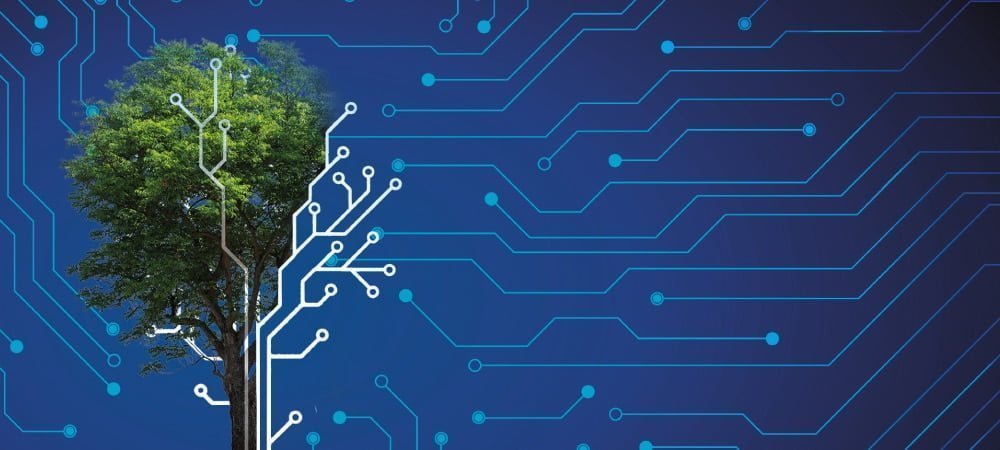SAP Enterprise Architects as Game Changers


ERP modernization is a significant component of companies' business and technology strategies to achieve greater agility, become more adaptable and resilient. For existing SAP customers, time is also of the essence. Support for ECC 6.0 expires in 2030 at the latest - by which time the migration to S/4 Hana must have taken place.
Most companies have realized that SAP S/4 is not simply a new technical release. Rather, it is a true business transformation that enables companies to improve their processes and redefine their business model with a digital approach. SAP's postmodern ERP approach offers the opportunity for enhanced integrations with innovative applications in the cloud, improved access to real-time data, an intelligent data model with a simplified interface, and integration with modern technologies beyond the classic SAP world. But the road ahead is paved with hurdles.
Managing complexity
Existing ERP landscapes are characterized by a high degree of complexity - and that on several levels. This is also the conclusion of a LeanIX survey of international companies from 2022. More than 70 percent of the companies have not only one ERP system in use, many even have ten or more systems. In addition, there are often different ERP providers in play. The causes range from individual ERP solutions for different business units to evolved structures with country-specific features to the acquisition of new subsidiaries with existing IT systems that have not been consolidated. But however these complex landscapes have come about, they present an enormous challenge right from the start of the transformation process.
However, complexity does not end with different vendors and multiple systems, because ERP landscapes are also characterized by many individually configured components. More than two-thirds of the companies surveyed describe their ERP landscape as customized or even highly customized. But if you want to take advantage of all the benefits of the SAP S/4 underlying in-memory database Hana and the intelligent data model in the future, you have to touch the core of the existing ERP systems and be ready for simplification. This means that customizing must be cleaned up, processes must be redesigned, and proprietary Z programs (Abap modifications) must be replaced. This requires high quality master data and a great deal of time.
Furthermore, ERP landscapes have a high degree of integration and are closely linked to the surrounding software landscape. Before migrating to SAP S/4 Hana, the dependencies of each individual module must be examined in detail so that the transformation has as little impact as possible on the operational business.
Against this background, how can costly delays in ERP transformation be avoided? What options are there for making informed and reliable decisions early in the process and obtaining clarity about the target ERP landscape?
Transparency with database
Enterprise architects can play a key role in these challenging transformation projects. This is because the basic prerequisite for the success of the S/4 transformation is a complete, detailed and up-to-date overview of the company's IT landscape - covering both SAP and non-SAP environments. Without a fundamental understanding of the interdependencies within the IT landscape, it is not possible to develop a mature business case that convinces all stakeholders and
the transformation. With the help of data-based software solutions for Enterprise Architecture Management (EAM), architects deliver precisely this information and provide transparency that permeates all levels of the IT and business architecture and maps the entire complexity.
Enterprise Architecture
As a starting point for a strategic analysis of the as-is architecture, enterprise architects identify and classify the company's business capabilities and link them to the underlying applications, IT systems and components, and the relevant stakeholders. This creates a clear picture of which areas of the as-is architecture will be affected by the ERP transformation and which responsible parties need to be involved in the process.
Transformation strategy
Based on the actual and target landscape, architects use LeanIX to model possible scenarios for the migration, define their influence on the existing architecture, and can visualize the targeted ERP architecture for each scenario at any point in time. This reliable information can be used, for example, to decide on a new implementation (greenfield approach), a system conversion (brownfield approach) or a selective data transfer.
Value analysis
The overview of dependencies between the applications and of the ERP and non-ERP interfaces also prevents delays during the transformation and helps in choosing the right transformation strategy. In a clearly defined roadmap with defined milestones for main and sub-projects, the progress of the ERP transformation can subsequently not only be tracked, but also evaluated at any time.
Alongside Enterprise Architecture Management, Business Process Transformation is the second important pillar in the S/4 transformation. This allows business processes to be represented and optimized on which affected business capabilities depend. An integrated central database - as LeanIX EAM and SAP Signavio have been enabling for years through their collaboration - helps to understand, plan and manage the transformation from all important perspectives. The S/4 transformation can only succeed if it is understood as a collaborative effort between business and IT. Precisely because it is not a technical upgrade, but a profound change in the company, it is important that all stakeholders support the transformation.
Business and IT
Enterprise architects create the necessary common language for business and IT - with the help of user-friendly modern EA tools and by linking information about the ERP and surrounding software landscape with the business-critical capabilities of the company.
If you use them as bridge builders between business units and isolated SAP teams and bring them to the table as business strategists, you can decisively accelerate and improve your ERP transformation.




